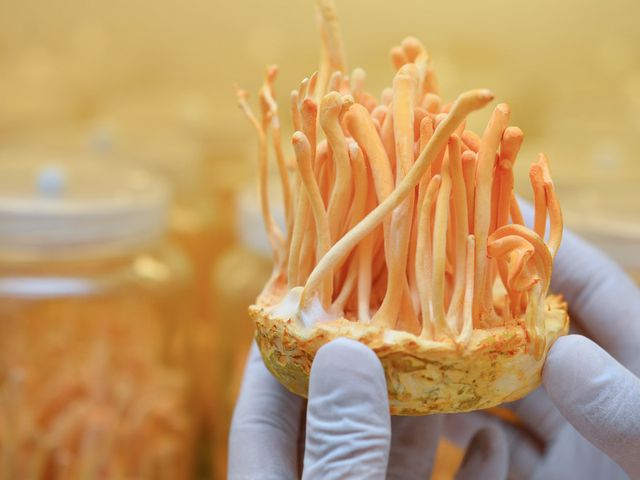The truth about cordyceps supplements
Introduction
What is Cordyceps
While talking about Cordyceps, there comes the name Cordyceps Sinensis first, which is the most familiar species of Cordyceps. Yes, Cordyceps Sinensis, also known with its changed modern name as Ophiocordyceps Sinensis, is a well-known insect or caterpillar fungus or mushroom, generally found in the Tibetan Plateau of Asia (Tibet and the Chinese provinces of Sichuan, Yunnan, Qinghai, and Gansu). It is also found in a lesser amount in India, Nepal, and Bhutan. Cordyceps is a parasitic fungus, and there may be more than 400 different species of them that are found all over the world. They usually infect other insects and arthropods.
Wild Cordyceps sinensis – The Caterpillar fungus
An interesting fact is that Cordyceps sinensis has been made famous at the Chinese national games in Beijing in 1993 when many Chinese runners shattered track and field records. Many Chinese athletes did a wonderful performances and made a great success because of this tonic supplement Cordyceps Sinensis and also the different one is turtle blood. After the Olympics, the great success of those Chinese athletes had promoted Cordyceps products worldwide.

Your Supplements may not contain the Catterpillar Fungus
Cordyceps Cs-4
Cordyceps Mycelium Grown on Grain
Cordyceps Mushroom Extracts
Source
https://www.ncbi.nlm.nih.gov/pubmed/?term=%22cordyceps+militaris%22
https://examine.com/supplements/cordyceps/
https://www.researchgate.net/publication/51469420_Traditional_uses_and_medicinal_potential_of_Cordyceps_sinensis_of_Sikkim
https://www.ncbi.nlm.nih.gov/pubmed/20804368
https://www.ncbi.nlm.nih.gov/pmc/articles/PMC4553310/
https://bmccomplementalternmed.biomedcentral.com/articles/10.1186/1472-6882-13-261
